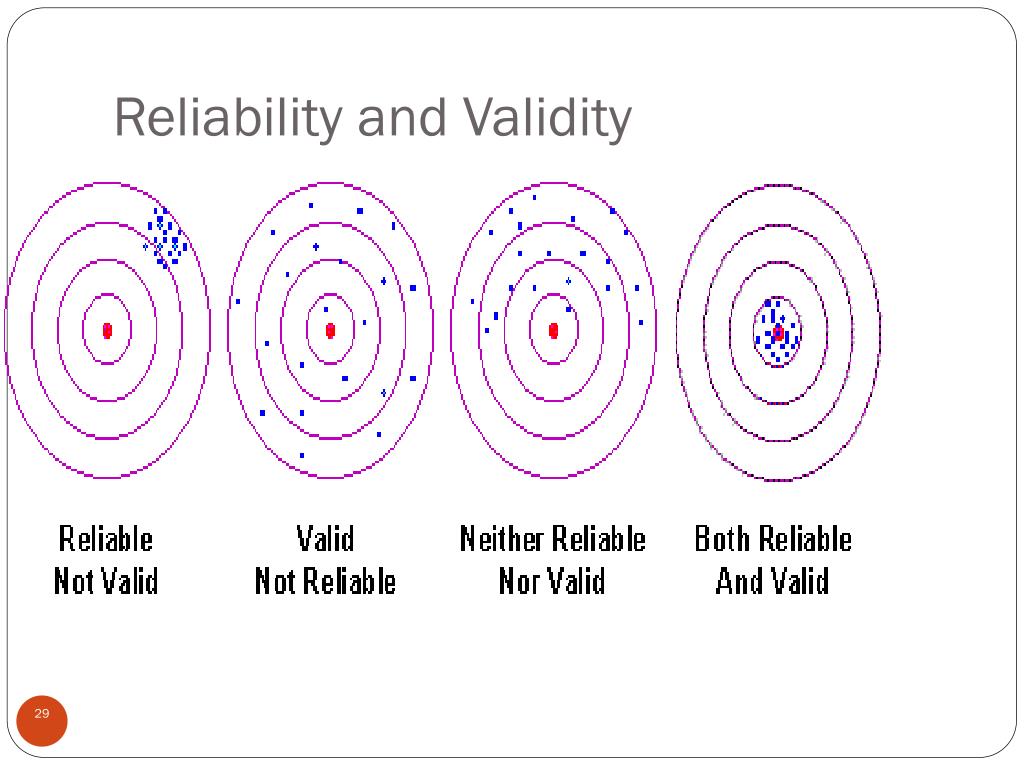

Individuals alone can generate 2.3 zettabytes of data each day. Modern businesses and organizations generate a staggering amount of data and this amount is increasing exponentially. Create clearly defined data foundations from the data collection stage These assessments are usually done over the course of multiple tests and are typically done at regular intervals.īest practices for ensuring high levels of data reliability 1. This is particularly challenging for companies that regularly move large amounts of data or are undergoing cloud migration. To build the right foundation, businesses and research teams must ensure that each piece of data is consistently stored in the appropriate format and in the appropriate location. This allows businesses and researchers to be sure that the outcomes of data analysis use a consistent foundation based on reliable data. When teams evaluate data reliability, they are testing if a particular data set consistently produces the same results. What do data reliability assessments reveal? Here is a quick breakdown of what each of these metrics reveals to business leaders and data teams.

In other words, it is impossible to achieve data reliability without data validity. Data reliability, on the other hand, refers to the accuracy and completeness of the data that is the basis for extracting insight. Image Source The difference between reliability and validityĭata validity is a subset and precondition for data reliability, referring to the practice of correctly storing and formatting data. Despite overlapping with each other in certain areas, each of these metrics has a valid place in business and research. Business leaders can sometimes confuse data reliability with data validity. This is due to a lack of understanding of how data is collected, organized, and used. Recent research has revealed that only 28% of North American businesses have well-established big data projects in place.


Despite this, data generated by electronic communication, connected devices, and cloud-based data systems are often underused by decision-makers and managers. Data has become central to the success of any modern business, regardless of domain or industry.


 0 kommentar(er)
0 kommentar(er)
